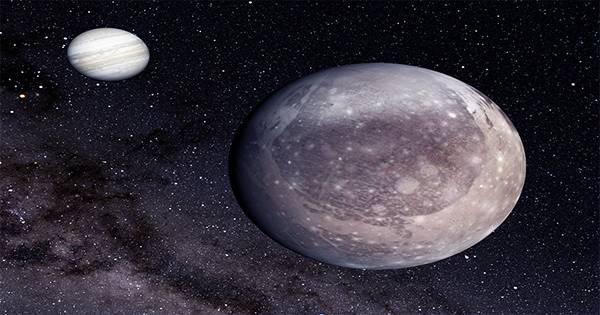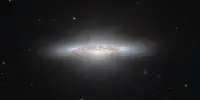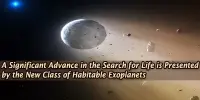This month, early risers have been treated to an astronomical feast as Venus, Mars, Jupiter, and Saturn all aligned across the sky. The pinnacle of their dance will occur this weekend, when the two brightest planets will pass so near to each other in the sky that an untrained eye may mistake them for one object. After the Sun and Moon, Venus and Jupiter are the brightest objects in the sky – or were until the International Space Station (ISS) was built – thus their presence near each other is always a sight to see. This year, though, they will appear unusually near, with a separation of of 0.2 degrees, and you won’t need any special equipment to see it; simply look up.
“They’ll appear to be so close together that they’ll appear to be one thing or kissing.” “It’ll be similar to what Jupiter and Saturn did at the end of 2020,” Australian National University’s Dr. Brad Tucker said. Even while this celestial kissing may be seen with the naked eye, “if you have a telescope, a set of binoculars, or a quality camera, you’ll have an even greater look.” Furthermore, Mars and Saturn will be there to provide even more motivation to get out of bed and see this celestial spectacle. “Although Venus and Jupiter come near to each other every few years, this time there are also Mars and Saturn in the mix, which is very unique,” Tucker noted.
On April 30, the closest conjunction will occur between 7:00 and 8:00 p.m. UTC. From majority of the world, the duo will be below the horizon at that time, but visible across eastern Asia and Australia early Sunday morning. This isn’t one of those blink-and-you’ll-miss-it astronomical phenomena, so don’t be alarmed, American and European readers. When they rise a few hours later, they’ll still be less than the breadth of the full Moon aside from the UK. On Saturday, a partial solar eclipse will be visible in parts of South America. Alternatively, you may watch the live stream using the Virtual Telescope while watching the event on your computer.
One to two hours before sunrise, whatever that is in your local time, is the greatest time to observe the couple. Because they will be low in the sky, a clear view east is required. Mars, which is approximately 15 degrees above them, should be easy to identify, as should Saturn, which is roughly the same distance higher. Jupiter’s brightness is generally consistent, owing to its vast size. Because Venus’s distance from the Earth fluctuates by a factor of three, it changes significantly more. Although Venus is not at its brightest right now, it is somewhat brighter than typical at -4.1 magnitudes, making the spectacle even more magnificent.
Venus and Jupiter approach each other in the sky up to three times a year, although never being closer than 640 million kilometers away in reality. However, many of these conjunctions occur while the Sun is also aligned, making it difficult or impossible to witness the occurrence. Furthermore, because the planets’ orbits are not perfectly in a plane, Jupiter passes many degrees north or south of Venus during certain crossings — a difference of less than a degree, let alone 14 arcminutes, is unusual. Close conjunctions of the two can generate UFO claims, or even a new religion, according to some tales. Venus at her brightest can be so dazzling that many people refuse to believe it’s natural. That’s less probable this time, because this one is only visible when most people are sleeping.
















